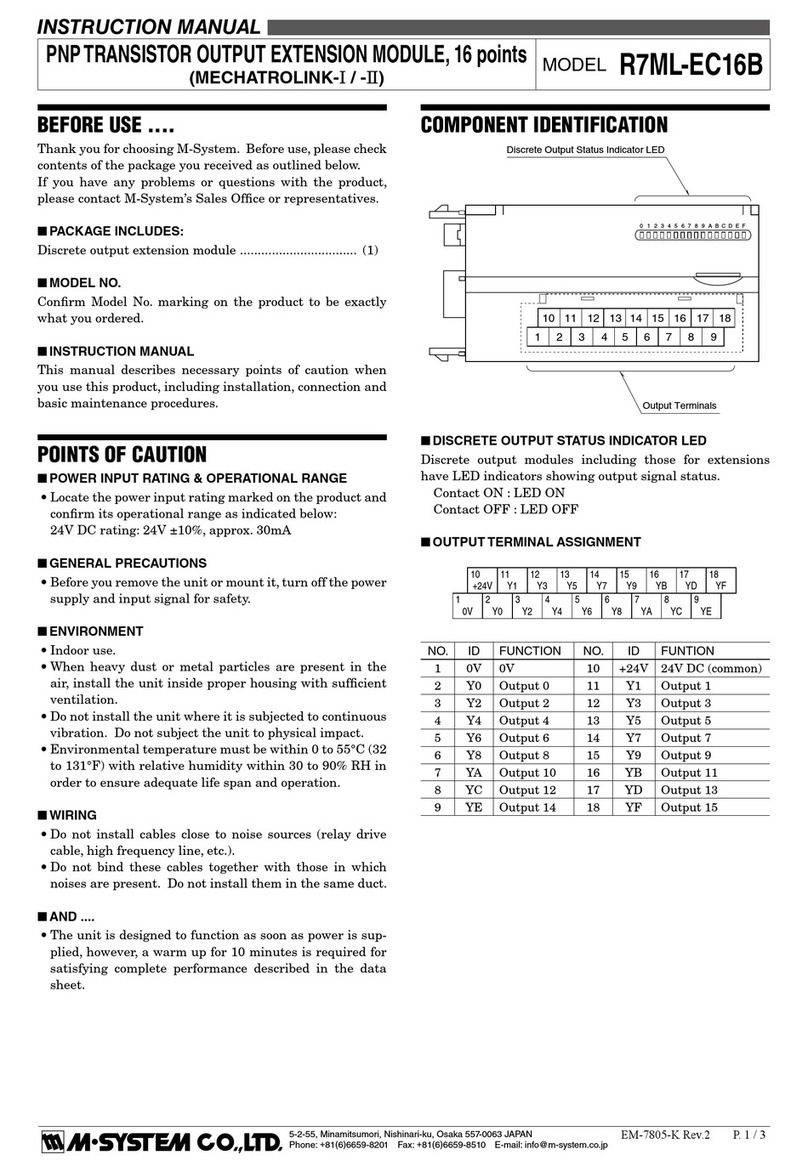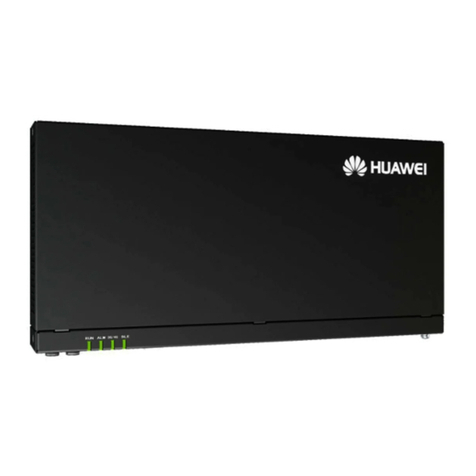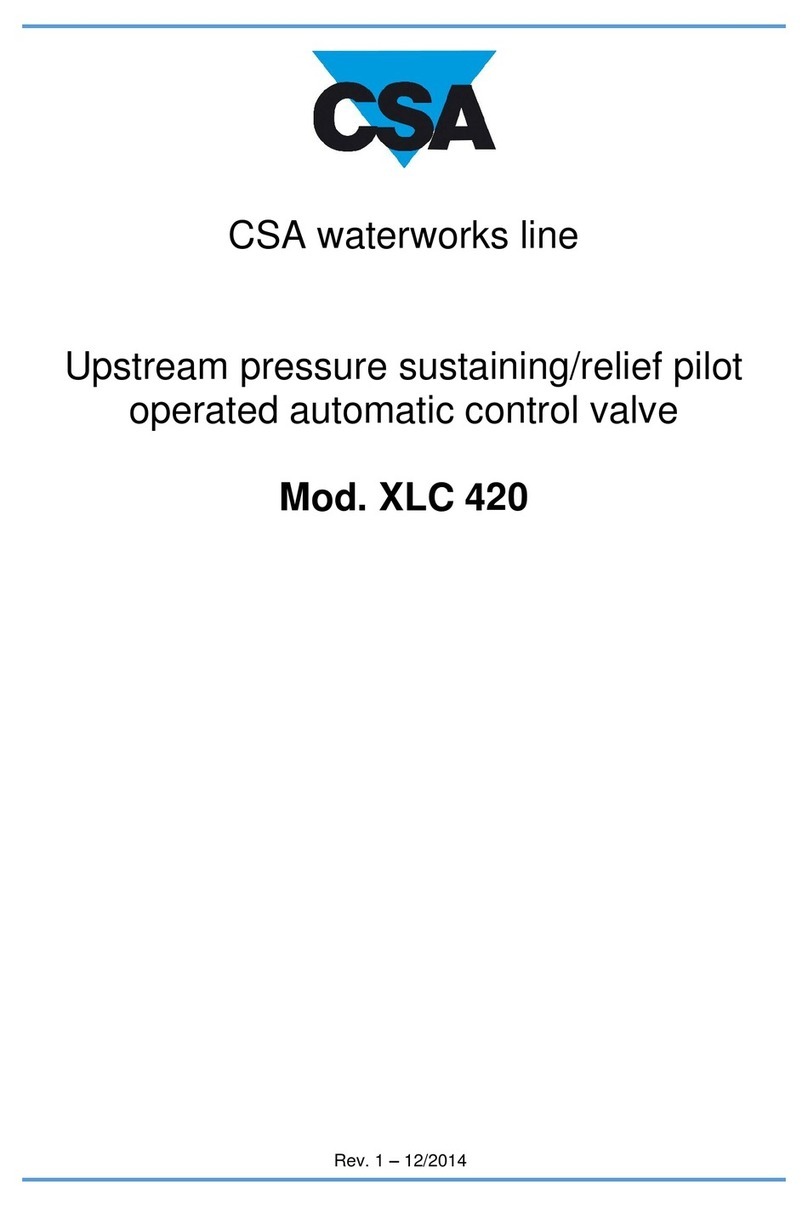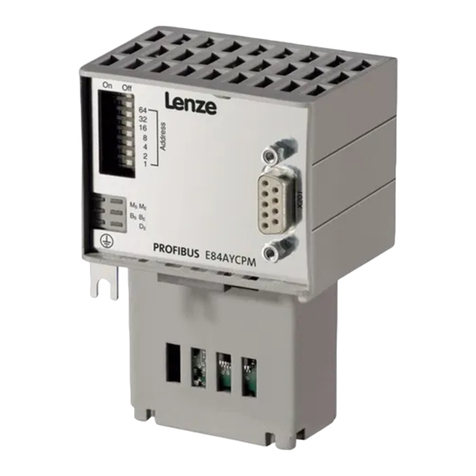Evenlite ELCD User manual

Emergency Lighng Control Device
Installaon / Operaon Manual
IMPORTANT SAFEGUARDS
When using electrical equipment, basic safety precauons should always
following:
READ AND FOLLOW ALL SAFETY INSTRUCTIONS
This product can be used with LED Drivers, Fluorescent Ballasts, Incandescent,
/Quartz
and general use loads
Servicing shall be performed by qualified service personnel
Ensure all wiring complies with applicable standards such as NFPA, NEC, and
This product is not intended for use in wet locaons –
seal appropriately
when
Do not mount near gas or electric heaters
Do not use this equipment for other than intended use
cause an unsafe condion
WARNING
ONLY QUALIFIED
SAVE THESE INSTRUCTIONS
UL-924 Listed for Emergency Lighng
Factory Calibrated Zero-Cross switching
compared to convenonal relays
Industries lowest standby power consumpon
120 - 277 VAC Universal Input
NEMA 410 Tested
IEC 61000-4-5 Surge Tested
Aracve standard faceplate - single or
Breakaway tabs for mulple mounng
reduces relay arcing and inrush current up to 5X
is less than 0.25W @120V
mul-gang box
configuraons
be followed including the
Tungsten
local codes
using outdoors
The use of accessory equipment not recommended by the manufacturer may
TURN POWER OFF BEFORE INSTALLATION,
ELECTRICIANS SHOULD INSTALL
ELCD / ELCD-D / ELCD-F / ELCD-FD
Electrical Specications:
Inputs:
EMERGENCY, UTILITY and SWITCHED 120-277VAC, 47-63 Hz
0-10V controls (ELCD-D/FD model) 0-10V DC, 200mA maximum
Fire Alarm 12-24V AC/DC
Max Load Requirements:
LED, Ballast, Tungsten, Incandescent: 20A @ 120/277V
Standby Power Consumption: 0.25W@120V, 0.60W@277V
Dielectric Strength: 1550 VAC between ALL Inputs
Mechanical Specications:
Size: 1.73"W x 1.28"D x 2.72"H Warranty:
Weight: 4.5 oz. 5 Year full replacement
Color: RAL9003 White
Indicators: LED's - EMERGENCY (Green), UTILITY (Green), ALARM (Red) Conformance:
User Controls: Test Button UL-924, NEMA 410, IEC 6100-4-5,
Mounting: Standard electrical box or xture mount NEC, OSHA, NFPA
Breakaway tabs for mounting congurations
Environment: 0-50 deg. C
Connections: Flying Leads – Pre-Tinned
12AWG for EMERGENCY INPUT (Blue) and LOAD (Yellow)
18AWG for UTILITY (Black), SWITCHED (Red),
UTILITY NEUTRAL (White), EMERGENCY NEUTRAL (Gray)
20AWG Teon for Fire Alarm (Red), 0-10V Dimming (Violet)
Programming Mode – Changing the Time Delay function
The ELCD has 5 pre-programmed time intervals which allows the user to extend the relay’s “on time” when returning from an Emergency condition.
The factory default time interval is set to 2 seconds and can be eld modied to either No Delay, 1, 5, or 15 Minutes.
To change the time interval, press and hold the TEST button for at least 15 seconds to enter the programming mode. Once the programming mode is
entered, the ALARM LED will illuminate solid red until the TEST button is released. Once the TEST button is released, a blinking pattern between the
EMERGENCY LED and the ALARM LED will start. Blinking will alternate between the ALARM and EMERGENCY LED’s followed by a pause and then
repeated continuously. The quantity of blinks on the green EMERGENCY LED indicates which time interval is currently selected. To advance the time
interval to a different pre-programmed setting, simply press the TEST button again. The Programming mode is a continuous loop so that if the button
is pressed too many times, it will go back to the starting location. Once the desired time interval has been selected, press and hold the TEST button
for at least 5 seconds until the ALARM LED is OFF to exit the programming mode.
Programming Mode Sequence 1) One Blink = No Delay
Programming Mode Sequence 2) Two Blinks = 2 Second Time Interval (Default)
Programming Mode Sequence 3) Three Blinks = 1 Minute Time Interval
Programming Mode Sequence 4) Four Blinks = 5 Minute Time Interval
Programming Mode Sequence 5) Five Blinks = 15 Minute Time Interval
Press TEST Button
momentarily to advance
to new sequence
QUICK GUIDE - PROGRAMMING PROCEDURE (for details – see PROGRAMMING MODE description)
Step 1 – Enter the Programming mode
Step 2 – Momentarily press the TEST button to advance to the desired Time Interval
Step 3 – Exit the Programming mode
Press and Hold
(15+ Seconds) TEST
ALARM
LED ReleaseTEST Button
After ALARM LED is ON
***NOTE***
Count the blinks on the Green
EMERGENCY LED
after the Red Alarm
EMERGENCY
LED
3 Blinks = 1 Min.
2 Blink = 2 Sec.
4 Blinks = 5 Min.
5 Blink = 15 Min.
Press and Hold
TEST
TEST Release TEST Button
After ALARM LED is OFF
User Programmable Time Delay up to 15 min.
1 Blink = No Delay.
120 - 277V 20A 47-63hz
SPEC GRADE FOLLOW INSTRUCTIONS
TEST
EMERGENCY
LIGHTING CIRCUITS
ALARM
EMERGENCY
UTILITY
ELCD
EMERGENCY LIGHTING
CONTRO L DEVICE
US
Z410153 Rev A

General Description:
The ELCD Product is listed to the emergency lighting standard UL-924 and is intended to operate so that normal lighting xtures can also serve as
emergency lighting xtures. Use of the ELCD allows full control of any light xture(s) during normal operating mode and during the EMERGENCY mode, it
will automatically connect the attached light xtures to the EMERGENCY power source. This device is particularly suited for use with an Emergency
Lighting Central Inverter which can supply a continuous source of power to the connected light xtures during a power outage.
This device DOES NOT transfer power between two different power sources. The internal power relay opens or
closes between the EMERGENCY input to the EMERGENCY output. UTILITY power is a sense line (NOT CURRENT
CARRYING) and is used to control the state of the internal power relay. Load current therefore is always derived from
the EMERGENCY power.
Use in conjunction with lighting control systems such as photo-cells, time clocks, occupancy sensors, etc. the ELCD will signicantly reduce power
consumption to meet energy savings initiatives such as California's CEC Title 24.
Installation:
All models should be installed in accordance with state, local and national electrical codes and requirements.
Intended for xture mount or installation in standard junction boxes covered with faceplate.
This unit has more than one power supply connection point. To reduce the risk of electrical shock disconnect both the branch
circuit breakers or fuses and emergency power supplies before servicing.
Figure 1 – Basic ELCD Model Illustrates how to connect the Emergency Power Input, Emergency Power Output, Utility Power and Switched Power. This
conguration allows normal xtures and emergency xtures to use the same switched source so that they form a lighting zone.
Figure 2 – ELCD-FD Model Illustrates how to connect a 0-10V dimming circuit with similar controls as Figure 1.
The 0-10V (Violet and Gray) signal is connected to the dimmer during normal operation and during emergency mode, the 0-10V signal (Violet) is opened
so that the xtures go to full brightness.
Fire Alarm - Red wires (not shown) accept 12-24 VAC/VDC.
Upon receiving a voltage from the re alarm system, the ELCD-F and ELCD-FD models will force an emergency condition and turn on the Emergency Light
xtures and bring them to full brightness.
Testing/Troubleshooting:
Use the LED indicators on the front face to ensure proper connectivity. EMERGENCY LED only illuminates when EMERGENCY Input Power (Blue and Gray)
are connected. UTILITY LED only illuminates when UTILITY power is present (Black and White). Both power sources must be present for proper operation.
If either LED is not illuminated, please check for proper connections.
With both EMERGENCY and UTILITY power connected and both LED’s illuminated, press the TEST button on the front face or energize the Switched Input
to energize the emergency loads.
When using the ELCD-D or ELCD-FD models, ensure that the emergency xtures go to full brightness when the TEST button is pressed and also ensure the
dimmer has full control of normal and emergency xtures during normal mode.
The ALARM LED should NEVER be illuminated during normal operation.
In the event the ALARM LED is illuminated, the ELCD should be replaced immediately.
WIRE LEGEND
FIGURE 1
GENERAL WIRING DIAGRAM
ELCD MODEL
CIRCUIT SHOWS NORMAL AND EMERGENCY OPERATING FROM SAME WALL SWITCH
WALL SWITCH CAN BE REPLACED WITH CONTACTOR, OCCUPANCY SENSOR, TIME CLOCK, ETC.
EMERGENCY POWER INPUT (HOT) = BLUE
EMERGENCY POWER (NEUTRAL) = GRAY
LIGHTING LOAD (HOT) = YELLOW
UTILITY POWER (HOT) = BLACK
Power Relay
Control
Circuit
BLACK
RED
BLUE YELLOW
Wall Switch
EMERGENCY FIXTURES
(Use Emergency Neutral )
NORMAL FIXTURES
(Use Ulity Neutral)
SWITCHED POWER (HOT) = RED
UTILITY/SWITCHED (NEUTRAL) = WHITE
DIMMING = VIOLET
(ELCD-D/FD MODEL)
FIRE ALARM = RED (ELCD-F/FD MODEL)
FIGURE 2
DIMMING (0-10V) WIRING DIAGRAM
ELCD-D/FD Models
CIRCUIT SHOWS NORMAL AND EMERGENCY FIXTURES OPERATING FROM SAME WALL SWITCH
WALL SWITCH CAN BE REPLACED WITH CONTACTOR, OCCUPANCY SENSOR, TIME CLOCK, ETC.
VIOLET SIGNAL PATH IS OPEN DURING EMERGENCY MODE FOR FULL BRIGHTNESS
Power Relay
Control
Circuit
BLACK
RED
BLUE
YELLOW
Wall Switch
W/Dimmer
VIOLET
VIOLET
Signal Relay
VIOLET
EMERGENCY FIXTURES
(Use Emergency Neutral)
NORMAL FIXTURES
(Use Ulity Neutral)
ON EMERGENCY FIXTURE
Ulity
Power
Source
Emergency
Power
Source
UL 1008
Transfer
Switch
Emergency
Power
Panel
Ulity
Power
Panel
UTILITY
Power
Source
Emergency
Power
Source
UL 1008
Transfer
Switch
Ulity
Power
Panel
Emergency
Power
Panel
Figure 1 and Figure 2 illustrate typical wiring for Non-Dimmed and Dimmed Loads
For Additional wiring instructions, please consult factory
ELCD-D and ELCD-FD are for 0-10V dimming and are NOT compatible with 2-Wire dimming
GRAY
GRAY
VIOLET
GRAY
HOT
HOT
ELCD Model
No Dimming
No Fire Alarm
ELCD-F Model
Includes Fire Alarm
ELCD-D Model
Includes Dimming
ELCD-FD Model
Includes Fire Alarm
and Dimming
This manual suits for next models
4
Popular Control Unit manuals by other brands

American Standard
American Standard R127 installation instructions
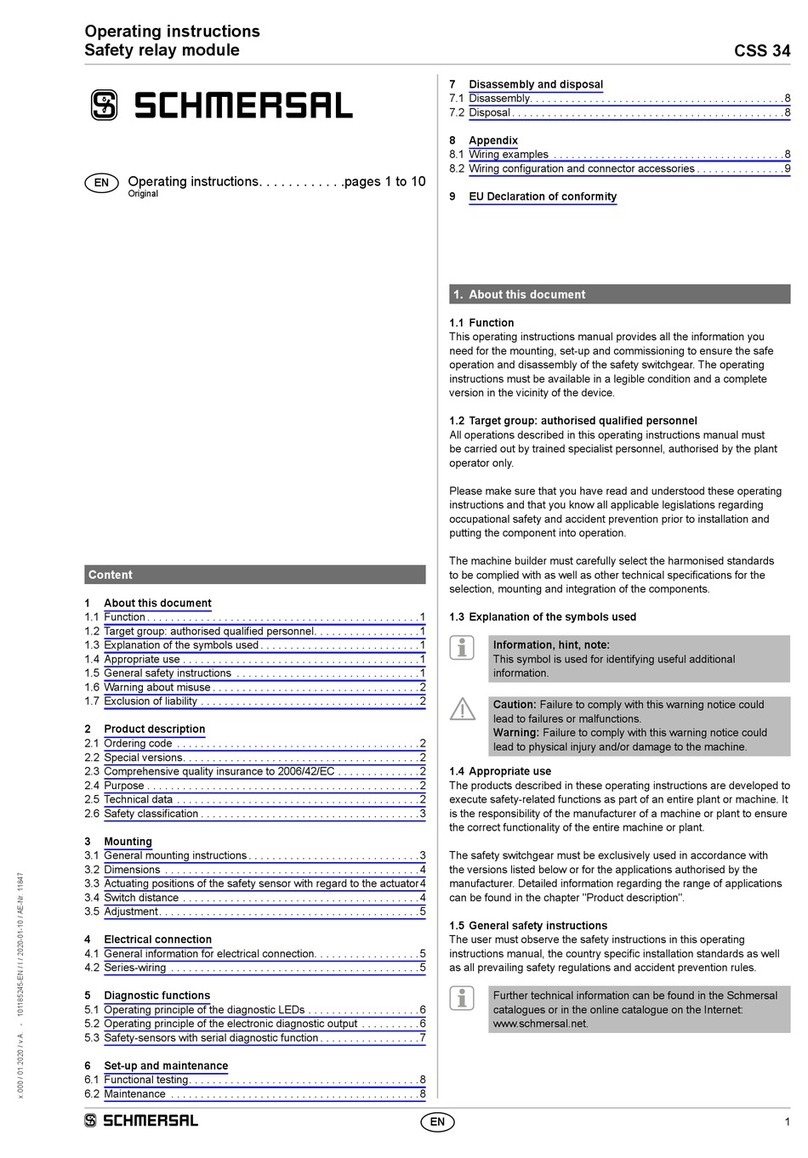
schmersal
schmersal CSS 34 operating instructions
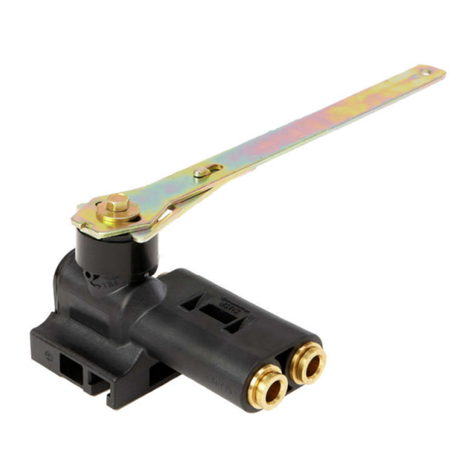
Link
Link 1500 Series installation instructions
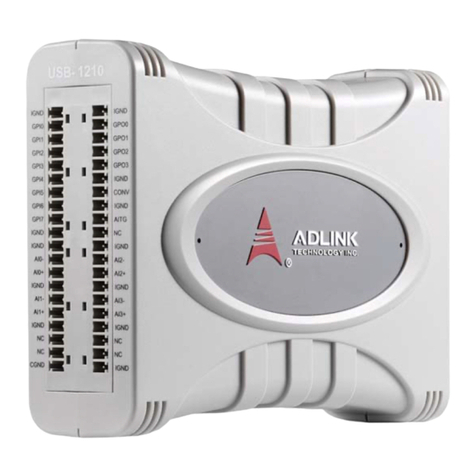
ADLINK Technology
ADLINK Technology USB-1210 user manual

Gaspardo
Gaspardo PRECIMAT USE AND ASSEMBLY INSTRUCTIONS / SPARE PARTS
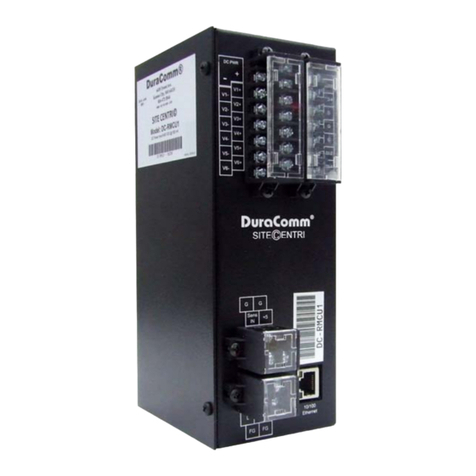
DuraComm
DuraComm DC-RMCU1 owner's guide

Raspberry Pi
Raspberry Pi Compute quick start guide
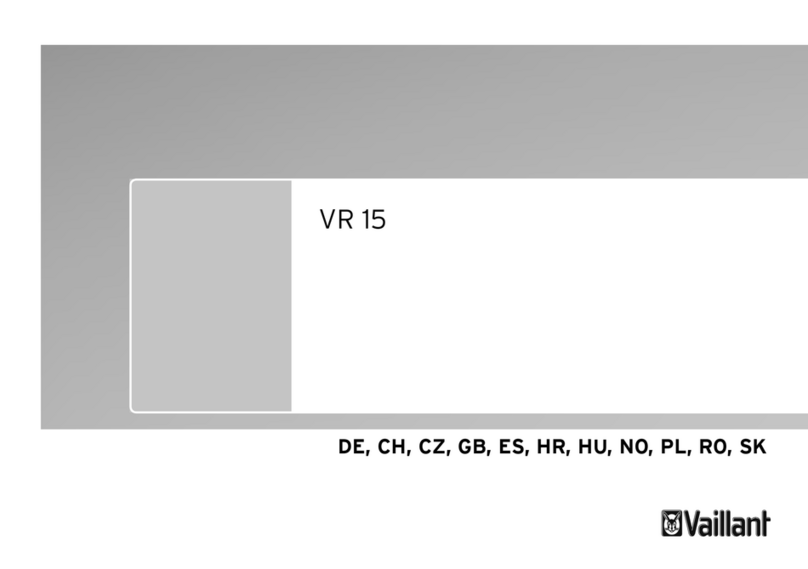
Vaillant
Vaillant VR 15 installation instructions
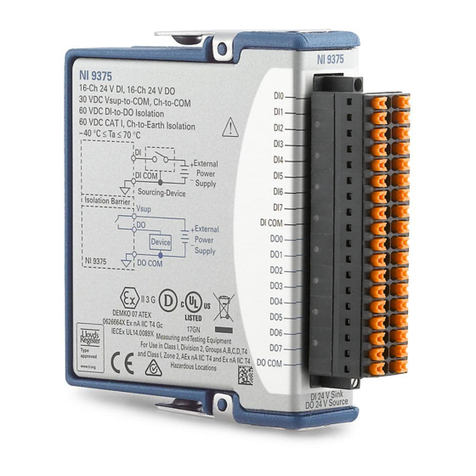
National Instruments
National Instruments NI 9375 Getting started guide
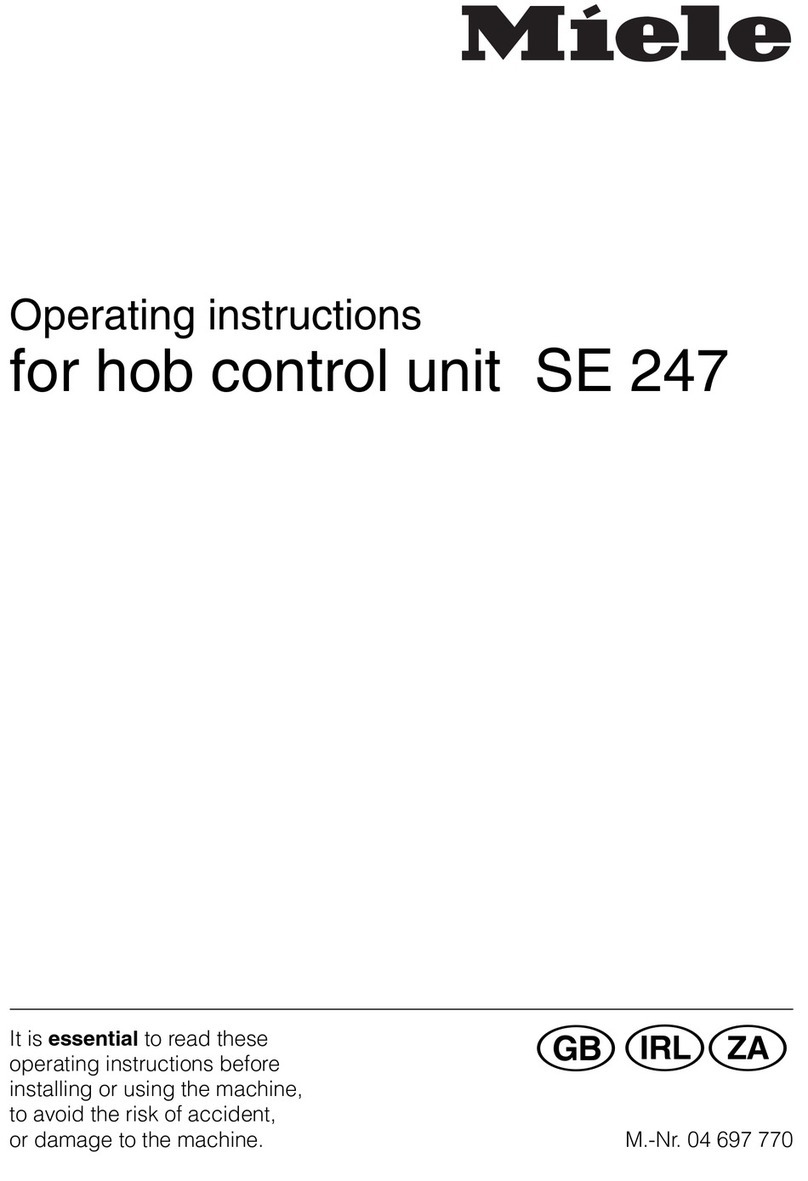
Miele
Miele SE 247 operating instructions
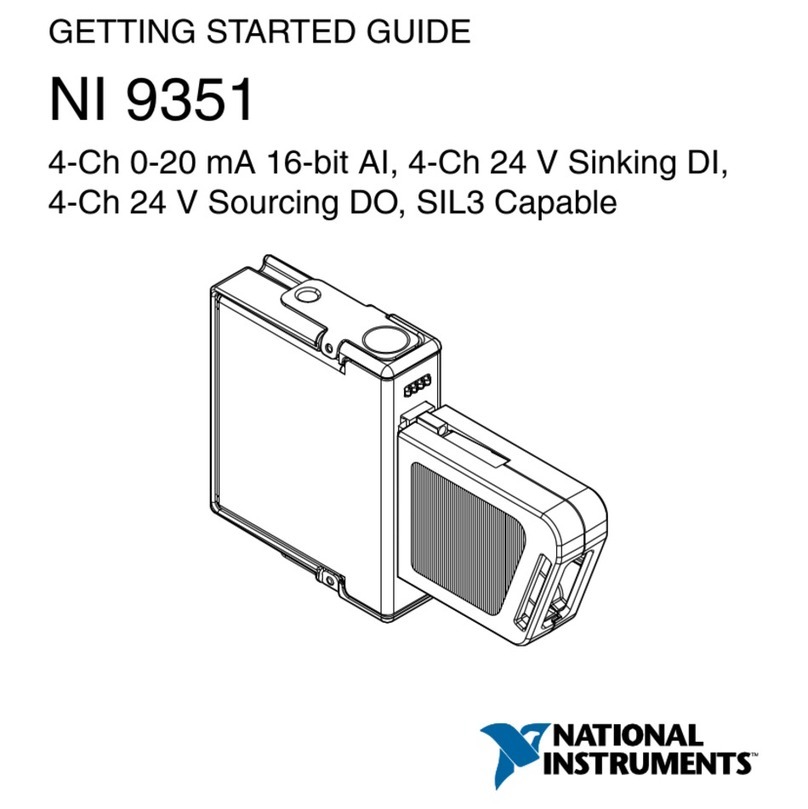
National Instruments
National Instruments NI 9351 Getting started guide

NKK SWITCHES
NKK SWITCHES CL01 user manual

